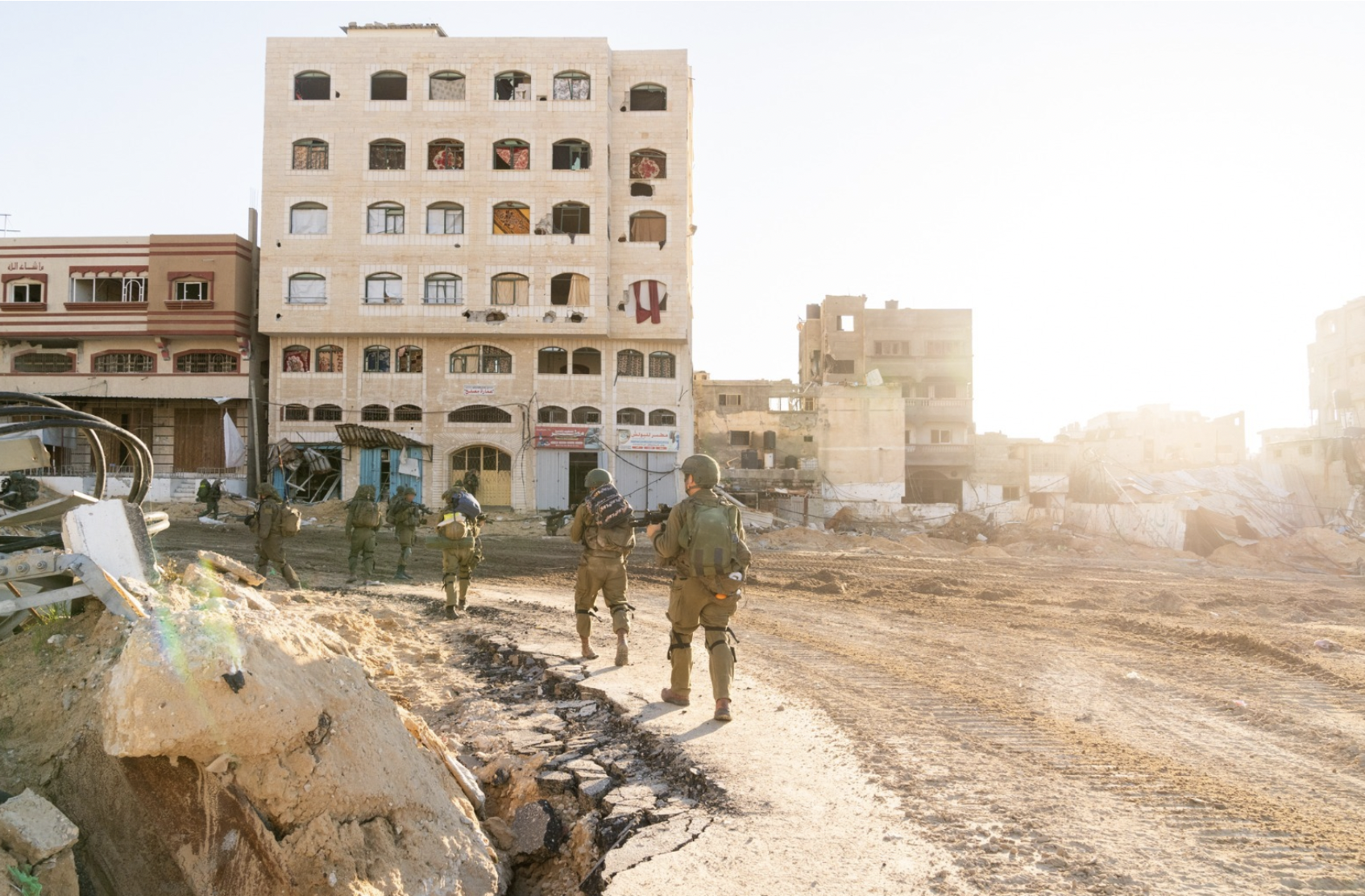
Rocket fire targets northern and central Israel
On December 22, Israel expanded operations inside Gaza while Hamas launched rocket barrages at central and southern Israel and Hezbollah targeted a northern Israeli community with anti-tank fire.

On December 22, Israel expanded operations inside Gaza while Hamas launched rocket barrages at central and southern Israel and Hezbollah targeted a northern Israeli community with anti-tank fire.
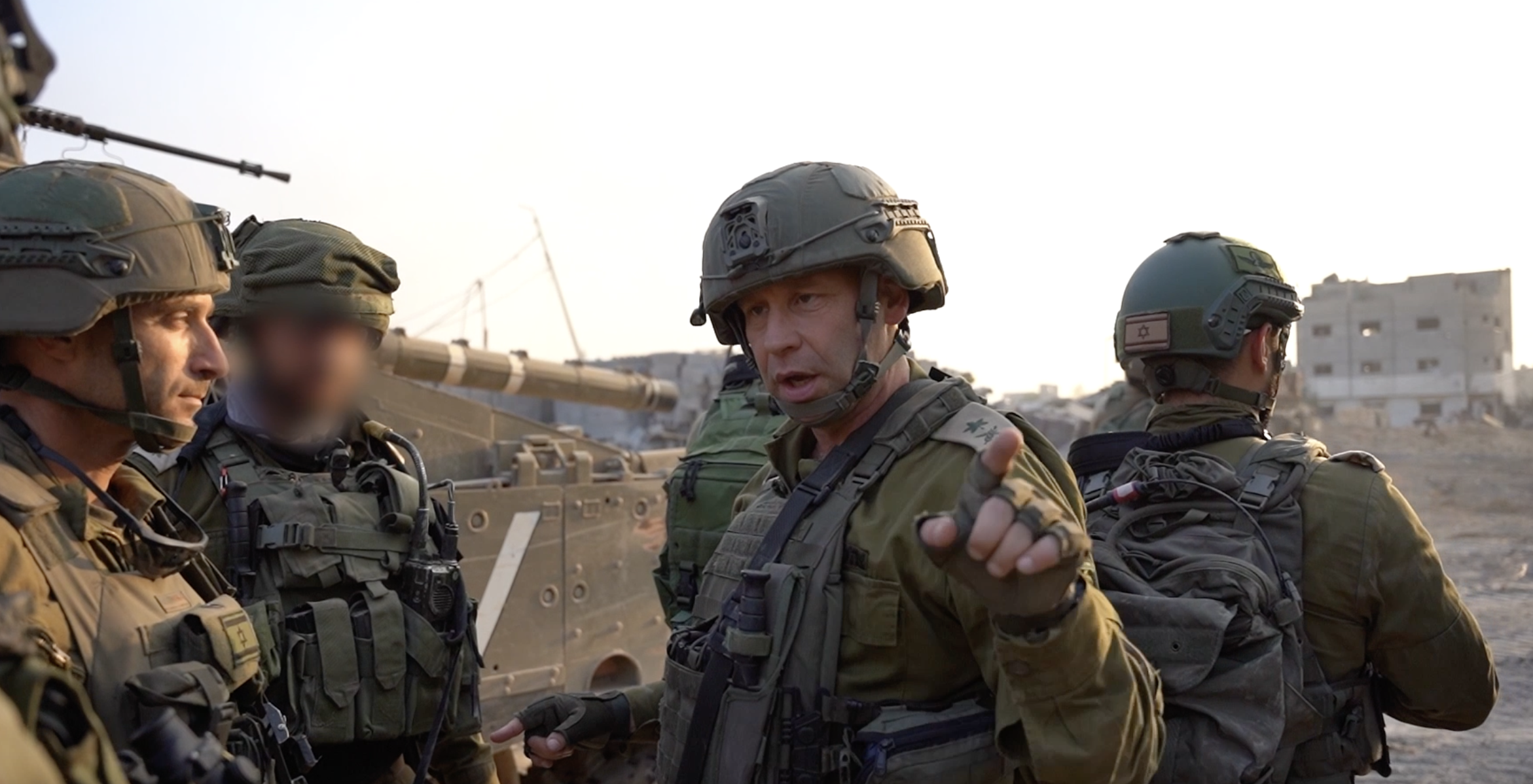
Israel expanded operations in Gaza, targeting Khan Yunis and areas in the southern Gaza Strip. In northern Gaza the IDF focused on defeating the Shujaiya battalion of Hamas. Threats from Hezbollah expanded since the renewal of fighting in Gaza and Iran-backed Houthis also escalated their attacks on ships in the Red Sea.
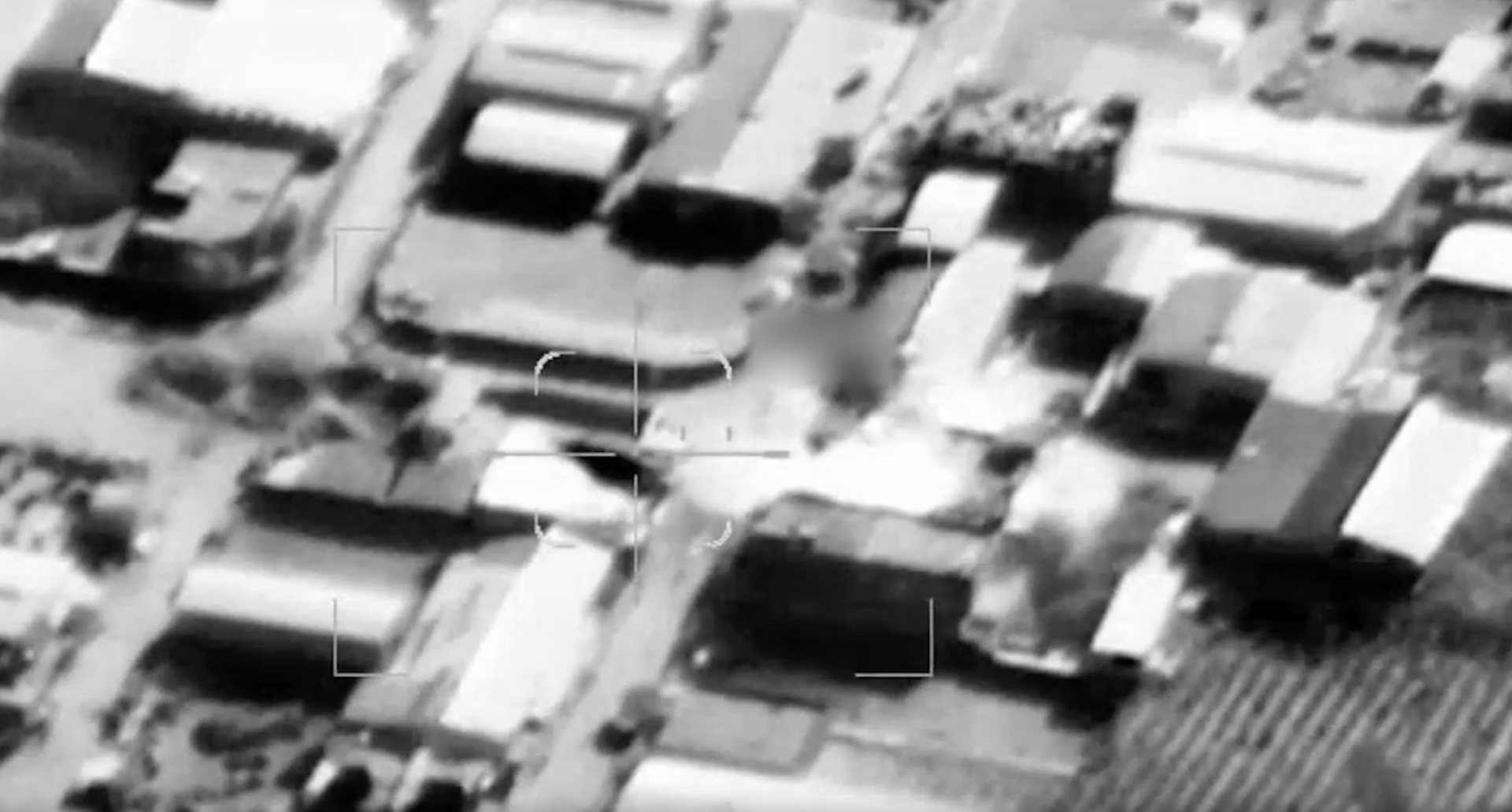
Hamas renewed rocket fire on Israel just before 06:00 local time on Friday, December 1, ending a pause in fighting that had held for one week. The Israel Defense Forces said the Iron Dome air defense system had been activated to intercept rockets launched from the Gaza Strip, and Israel responded with airstrikes on Gaza soon after the rocket launch began.
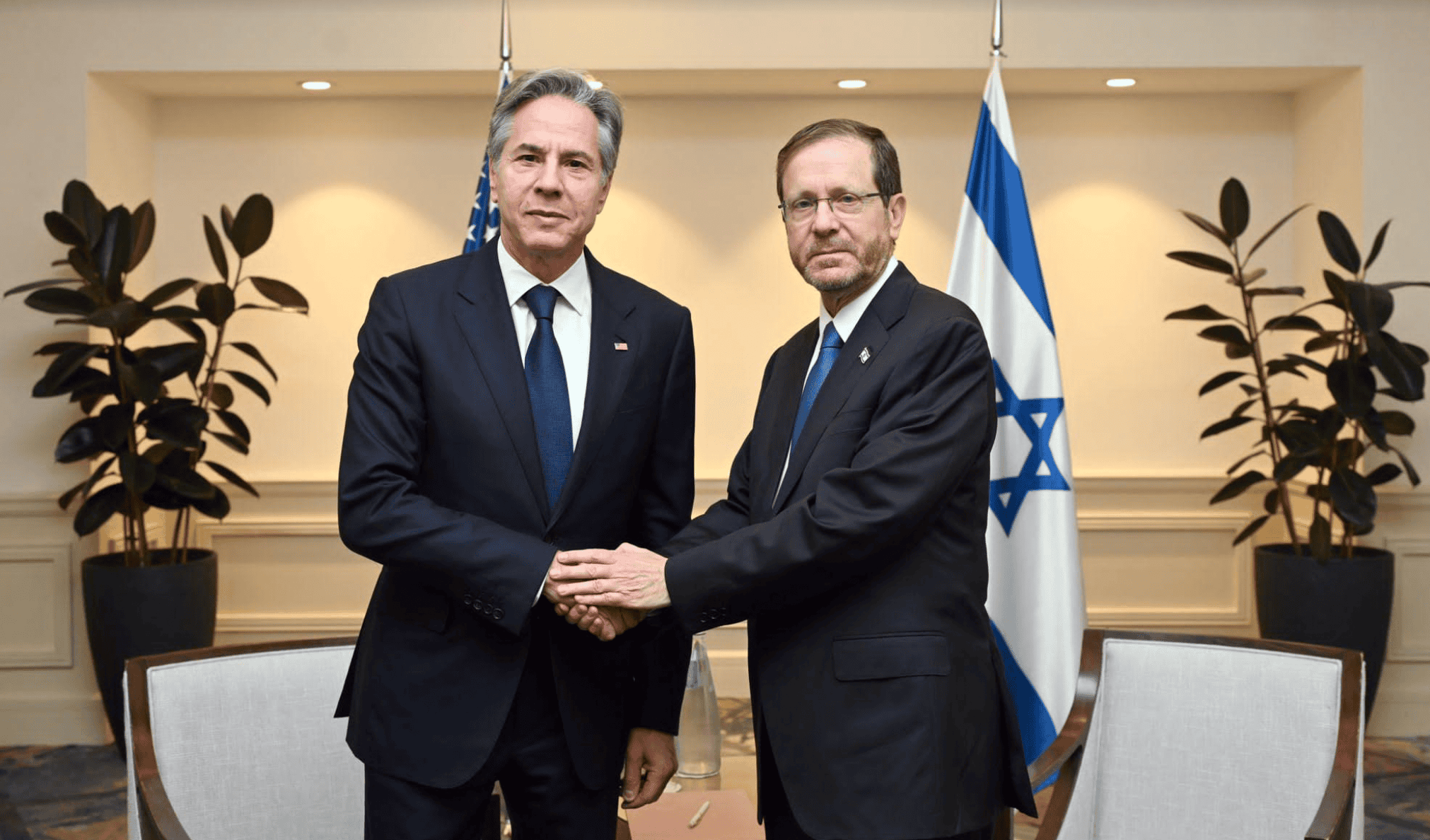
A terror attack in Jerusalem left three dead and a dozen wounded on November 30. A second attack in the West Bank wounded Israeli soldiers. A UAV was intercepted from Lebanon. Israel awaited another group of hostages and bodies returned from Gaza as the ceasefire was extended for a day. US Secretary of State Antony Blinken visited Israel and met with officials.
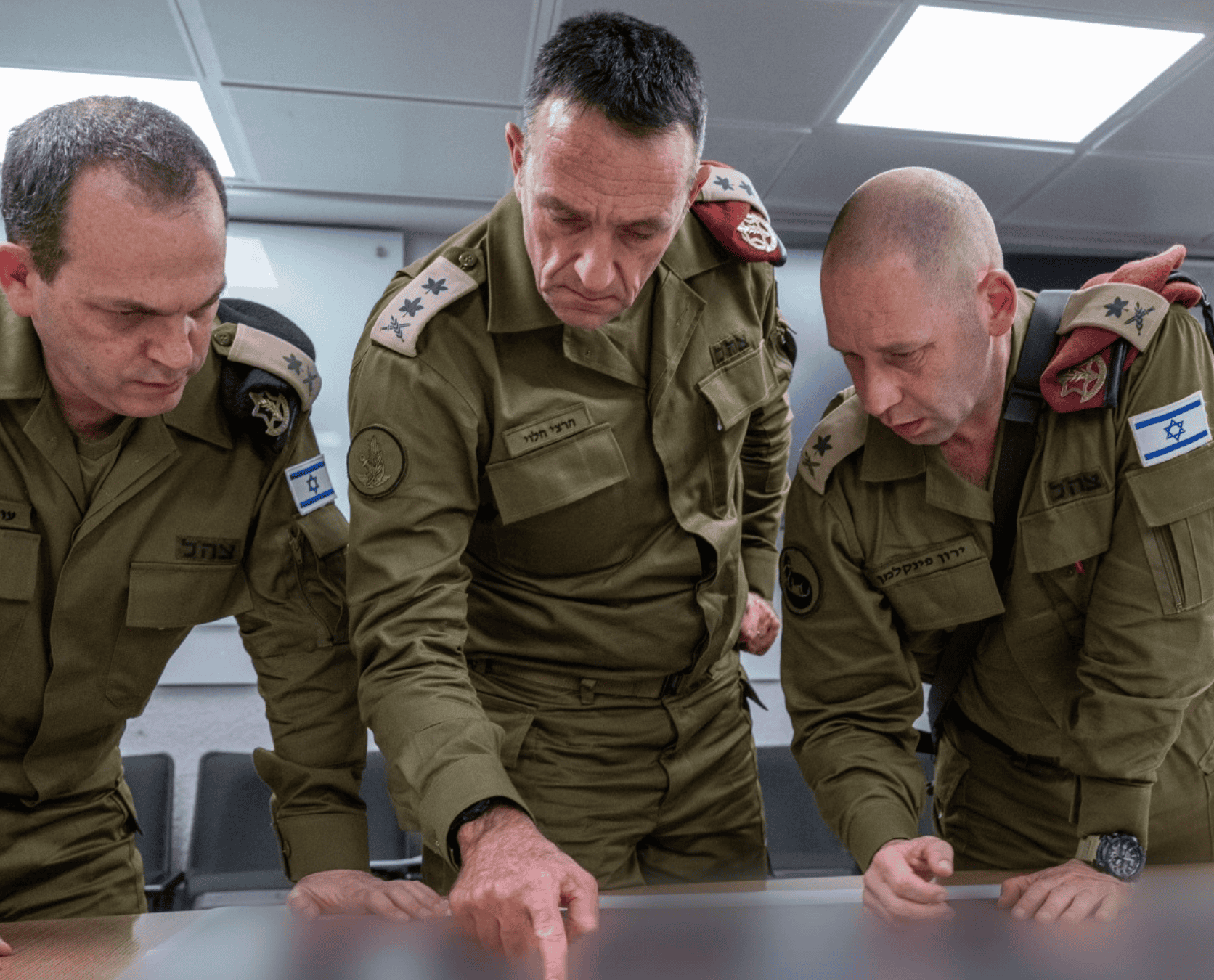
Israel carried out a raid in Jenin in the northern West Bank, eliminating a Palestinian Islamic Jihad commander. In Gaza two hostages holding Russian citizenship were released and another ten Israeli hostages were expected to be released as the pause in fighting continues.
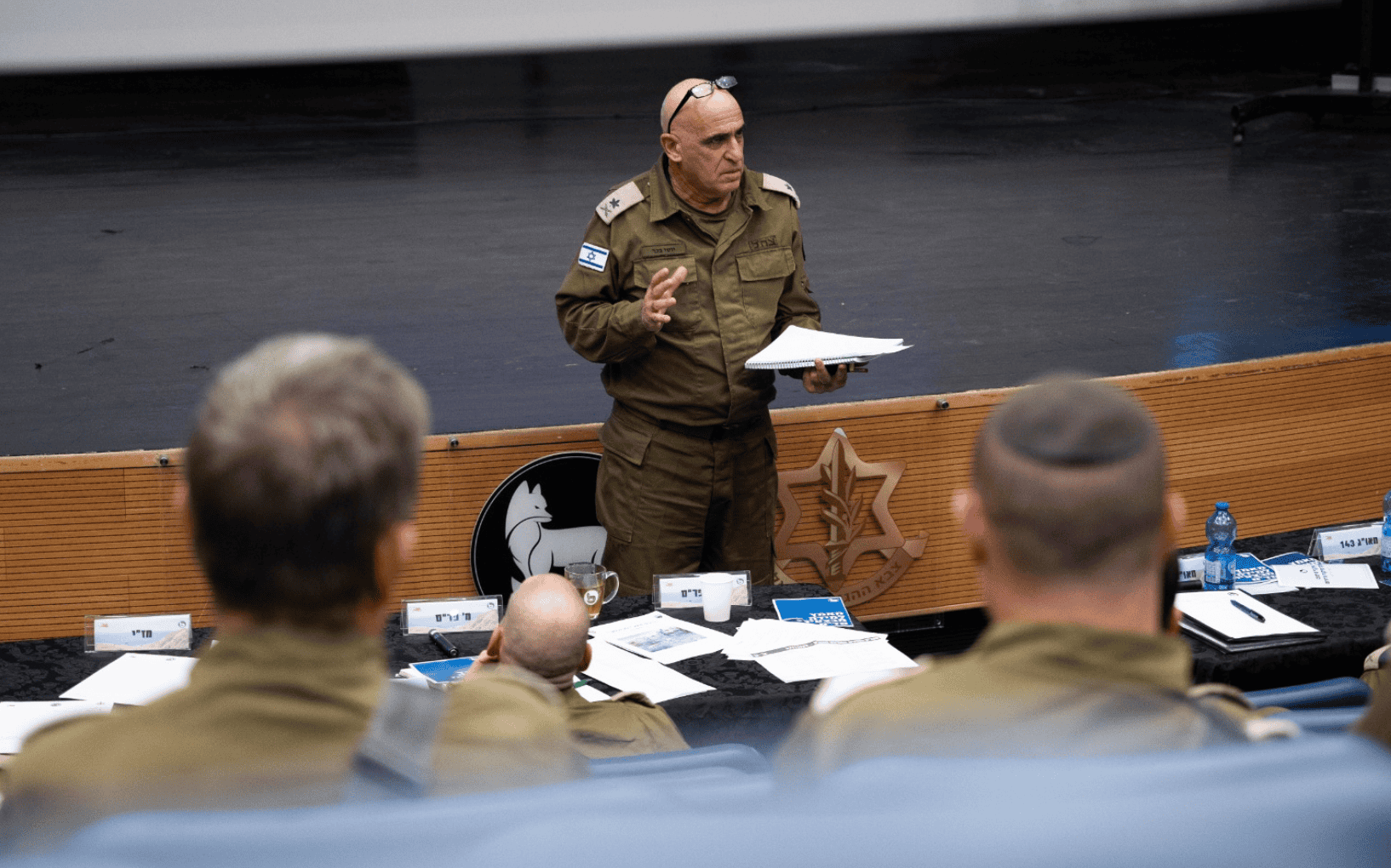
Israel and Hamas extended a pause in fighting in Gaza for several more days as Hamas continues to obfuscate about the groups holding hostages in Gaza. Israel’s Chief of Staff travelled to the northern border with Lebanon to meet with IDF troops. The IDF demolished the home of a terrorist in the West Bank.
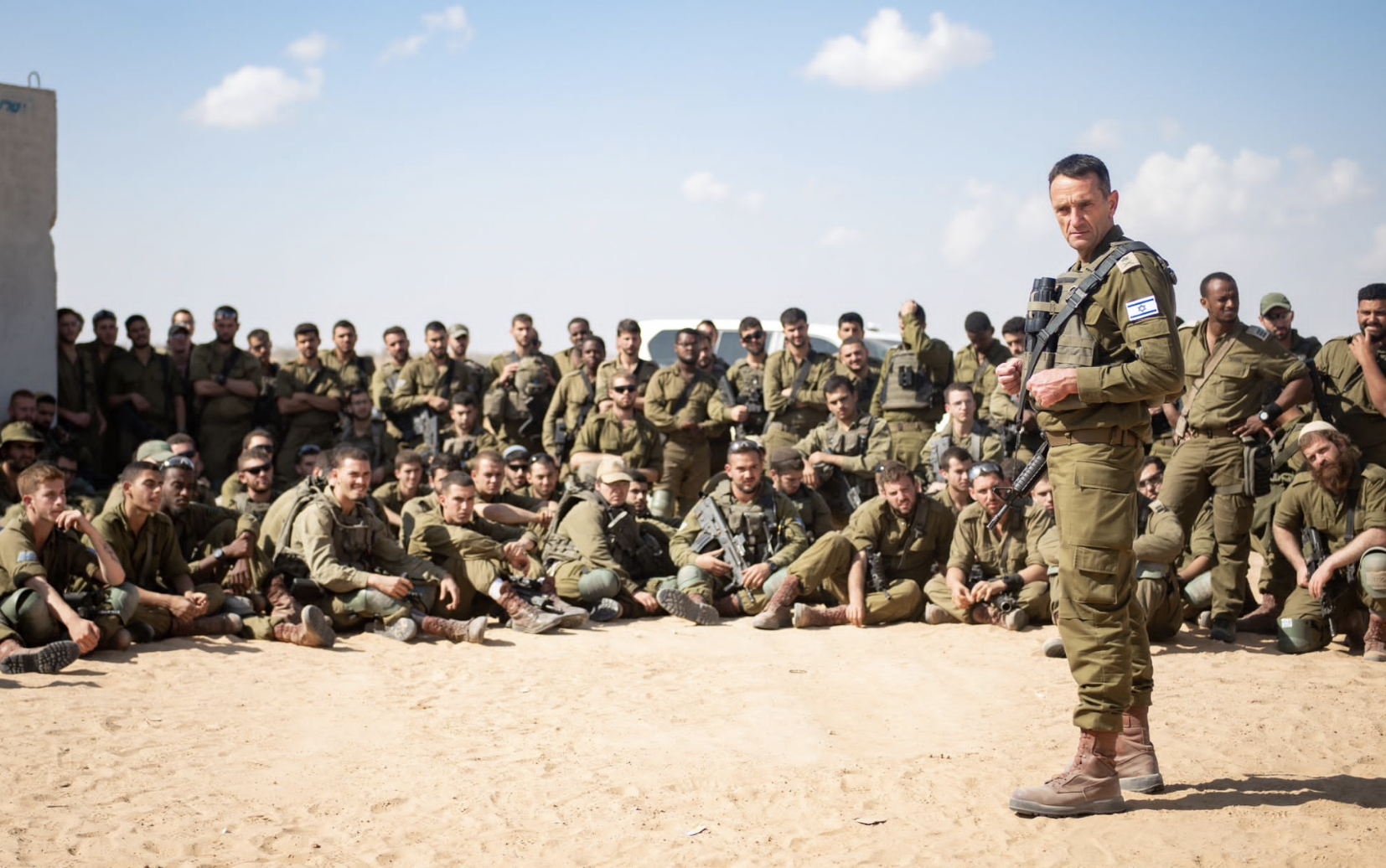
Israel and Hamas agreed to a four-day pause in fighting in which 50 hostages would be released by Hamas and 150 prisoners freed by Israel. The first three days of the deal went mostly as planned, and Israel and Hamas may agree to extend the deal for several more days. Israeli commanders and the Defense Minister vowed to continue the fight against Hamas when
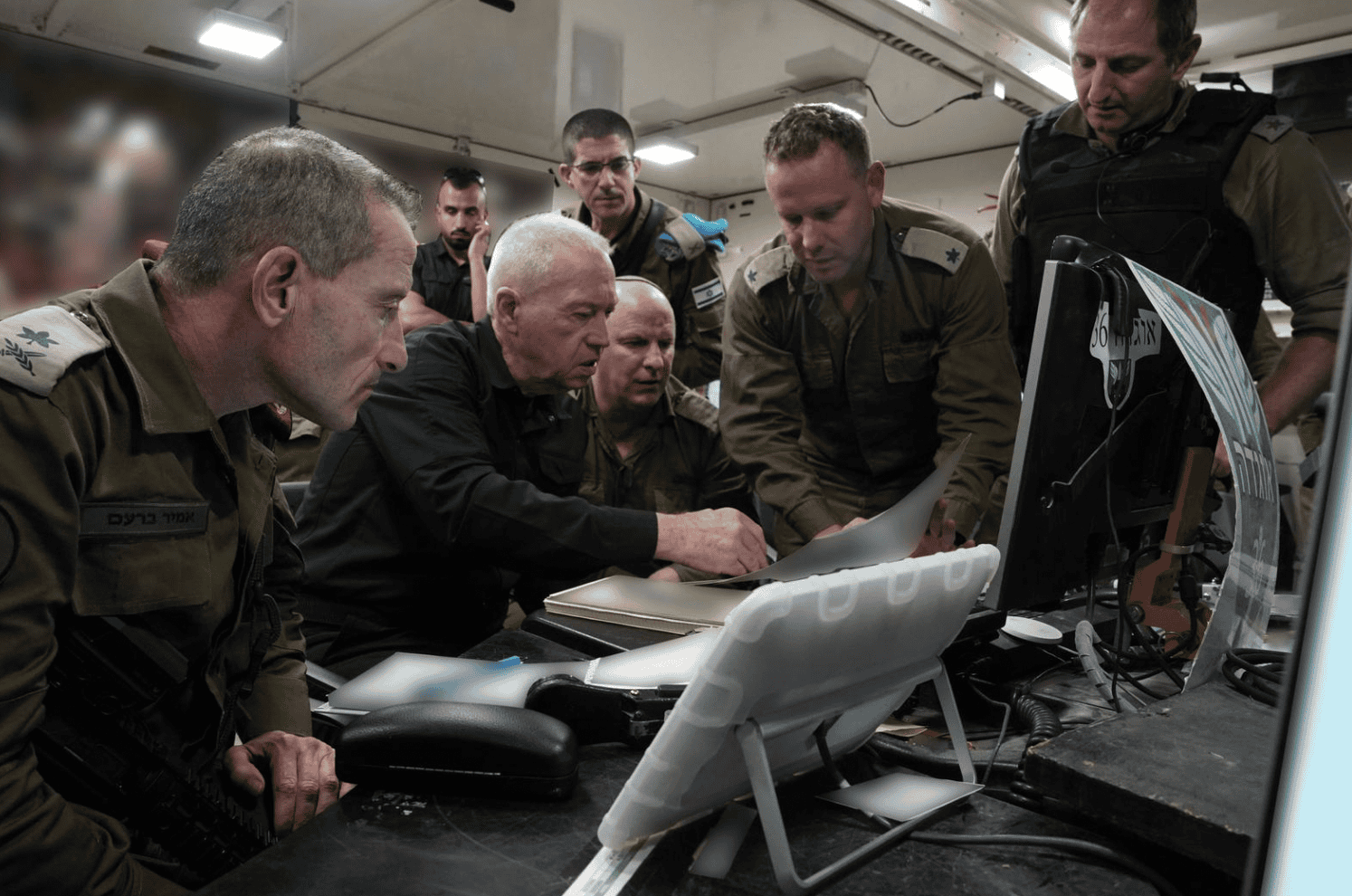
The agreement calls for 50 Israeli hostages, mostly women and children, to be returned in exchange for 150 Palestinian prisoners.

Al-Qaeda’s General Command, or its central leadership, called on Muslims to attack American, European, and Israeli institutions, interests, and embassies around the world. Additionally, it called on Muslims in the West to strike from within.
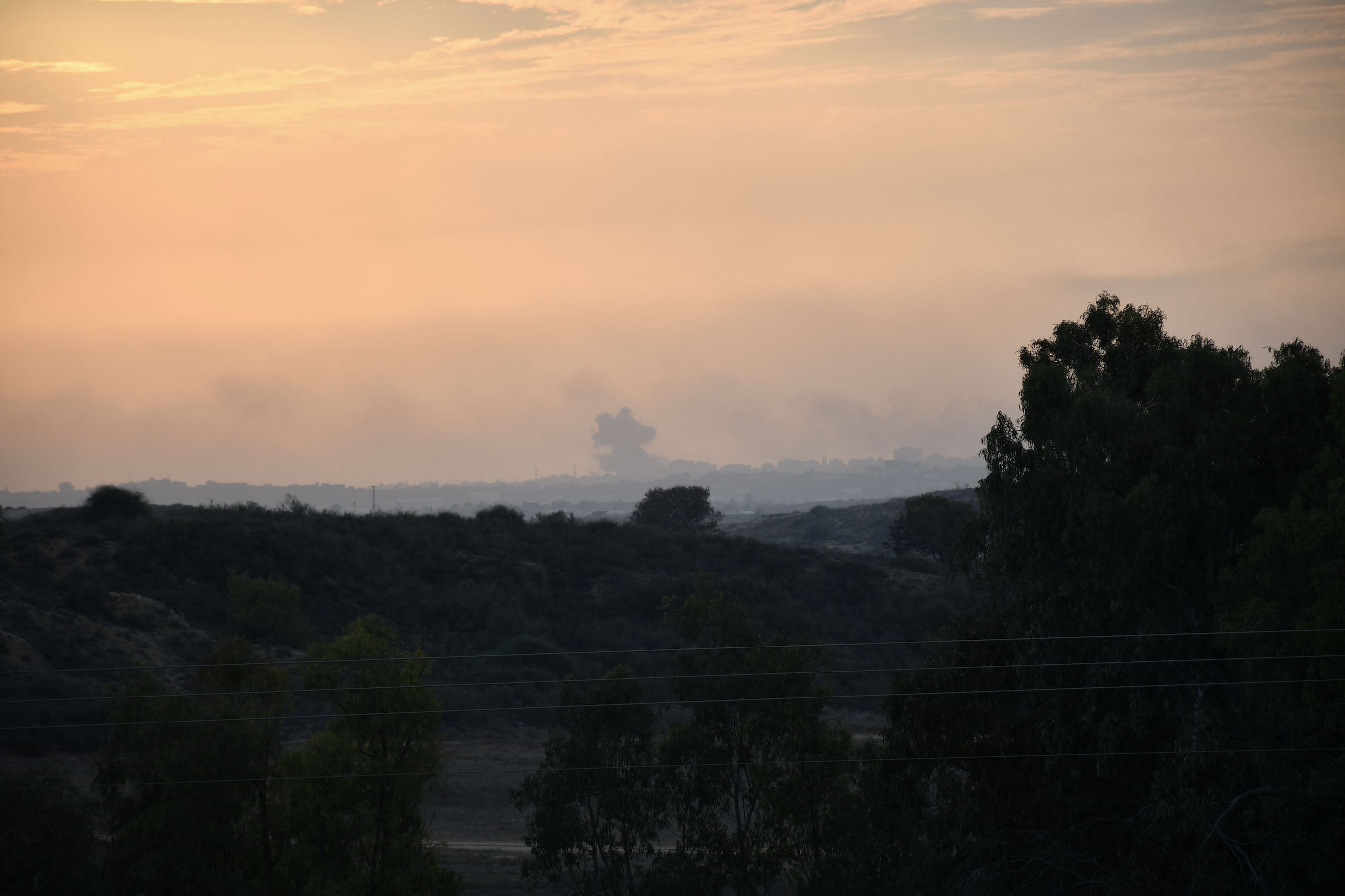
Israel’s infantry pushed deeper into Gaza on October 31, encountering resistance and also taking a key Hamas bastion. As Israel carried out airstrikes on Hamas commanders, the Iran-backed Houthis fired a ballistic missile towards Eilat. It was intercepted. In the north Hezbollah continued anti-tank fire.
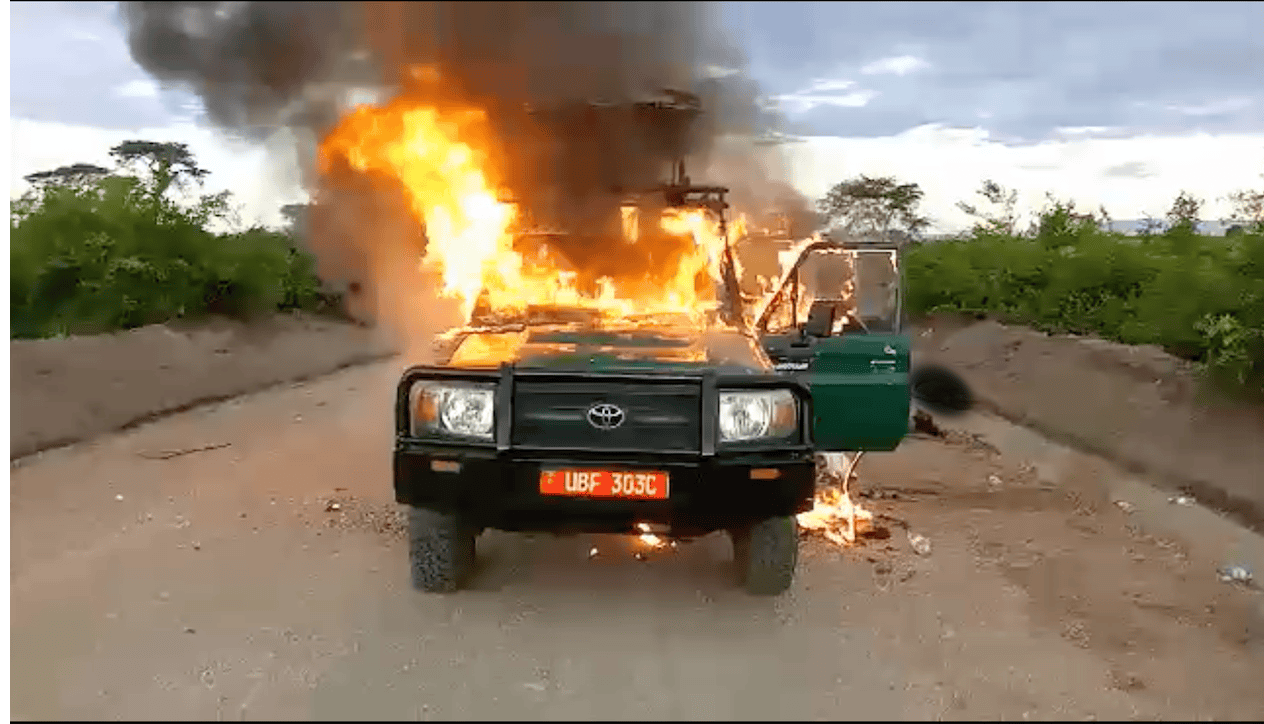
The Islamic State’s Central Africa Province, known locally as the Allied Democratic Forces, or ADF, mounted its second attack in western Uganda since last Friday. The mobile unit currently operating inside Uganda represents the first sustained guerrilla presence in the country since 2007.
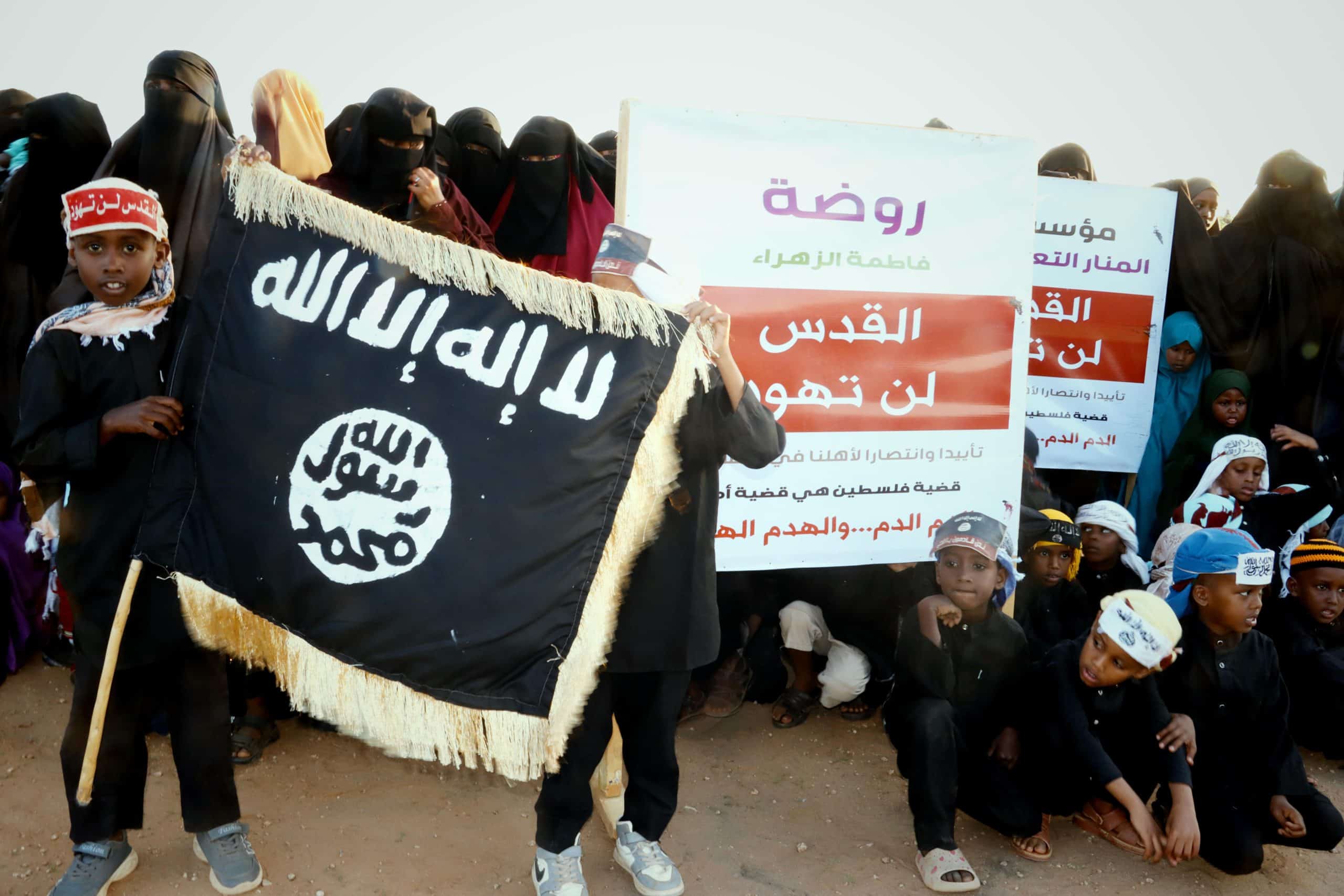
Featuring many women and children, Shabaab’s large protests in southern Somalia sought to put the current fighting in Israel and Palestine into the context of global jihad.
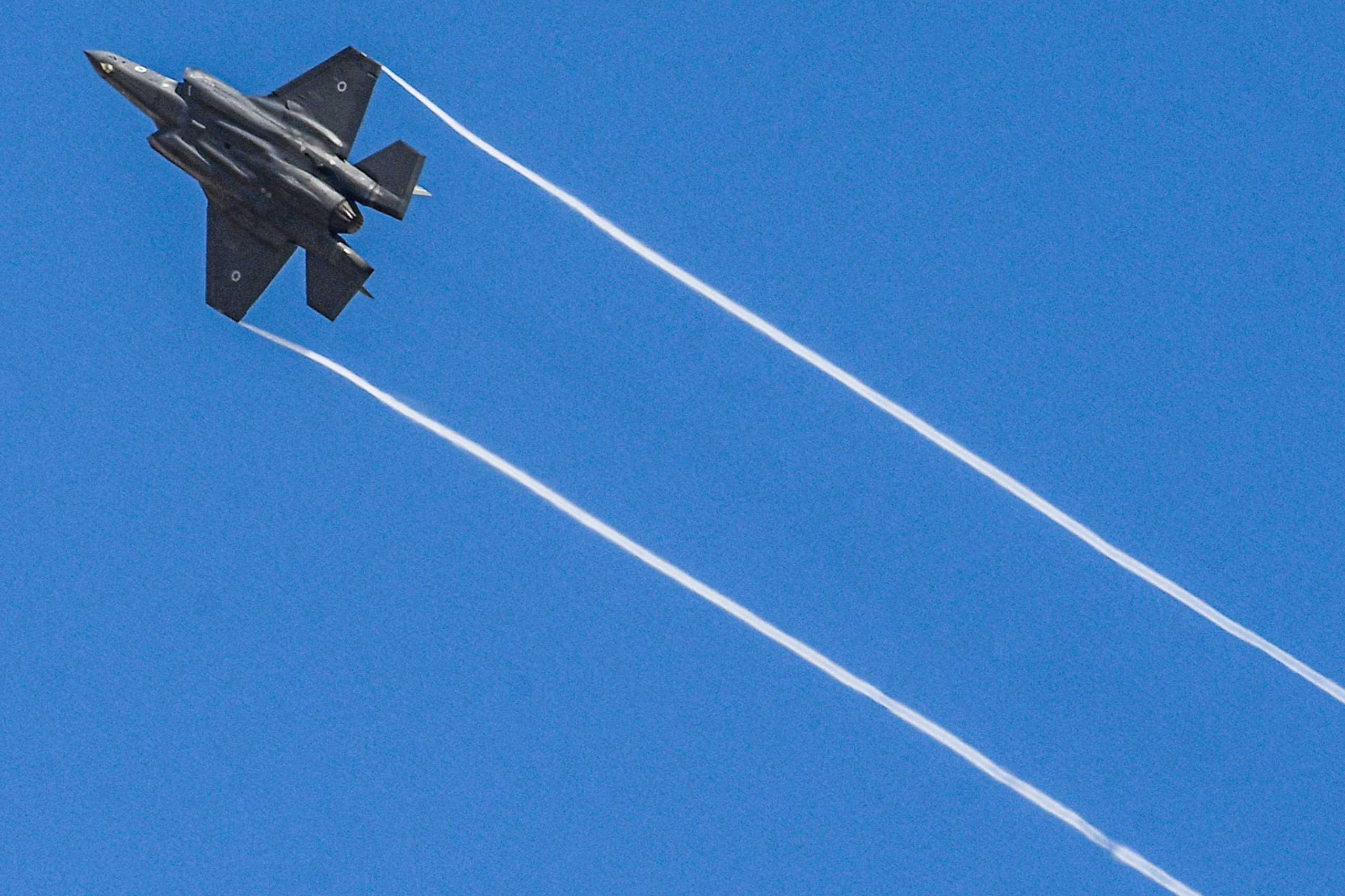
Israel is eliminating key members of terrorist organizations in the Gaza Strip following a large-scale attack in southern Israel.
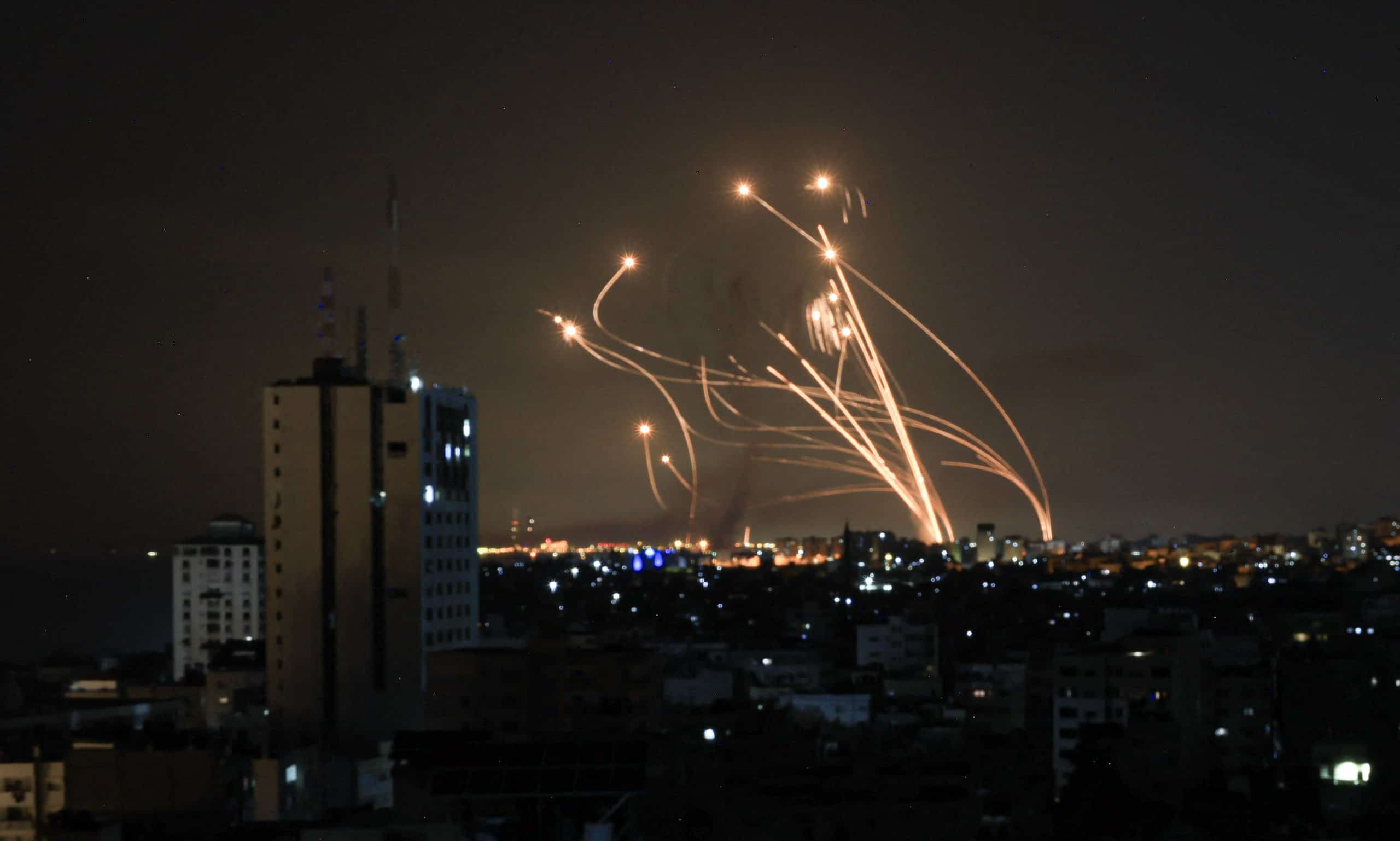
Iran’s Islamic Revolutionary Guard Corps gave the go-ahead more than a week ago for the attack, according to The Wall Street Journal.
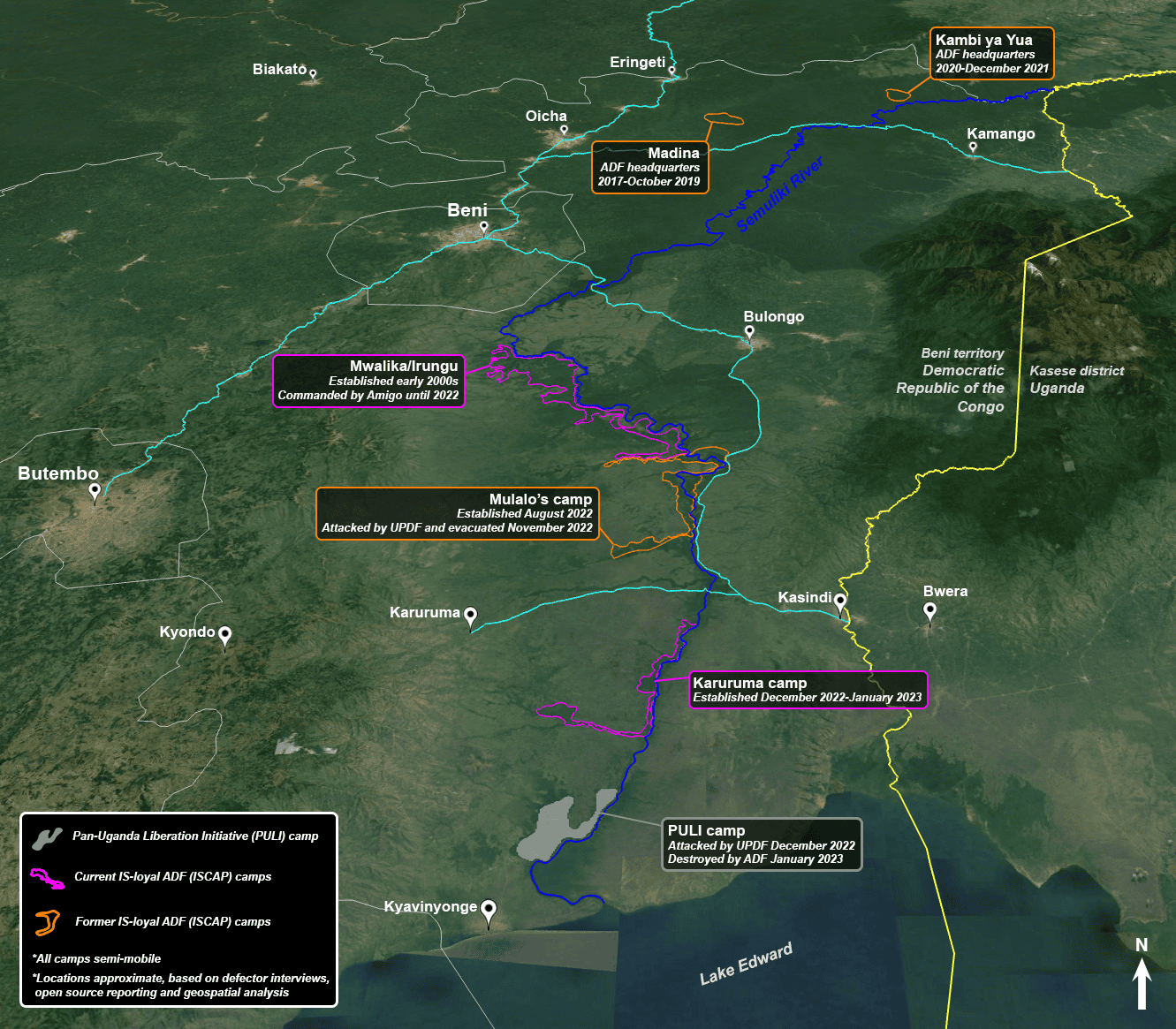
The story of the Pan-Ugandan Liberation Initiative, a short-lived splinter faction of the more infamous Islamic State-loyal ADF that was destroyed earlier this year, provides important details and context in the ADF’s overall ideological trajectory and history.
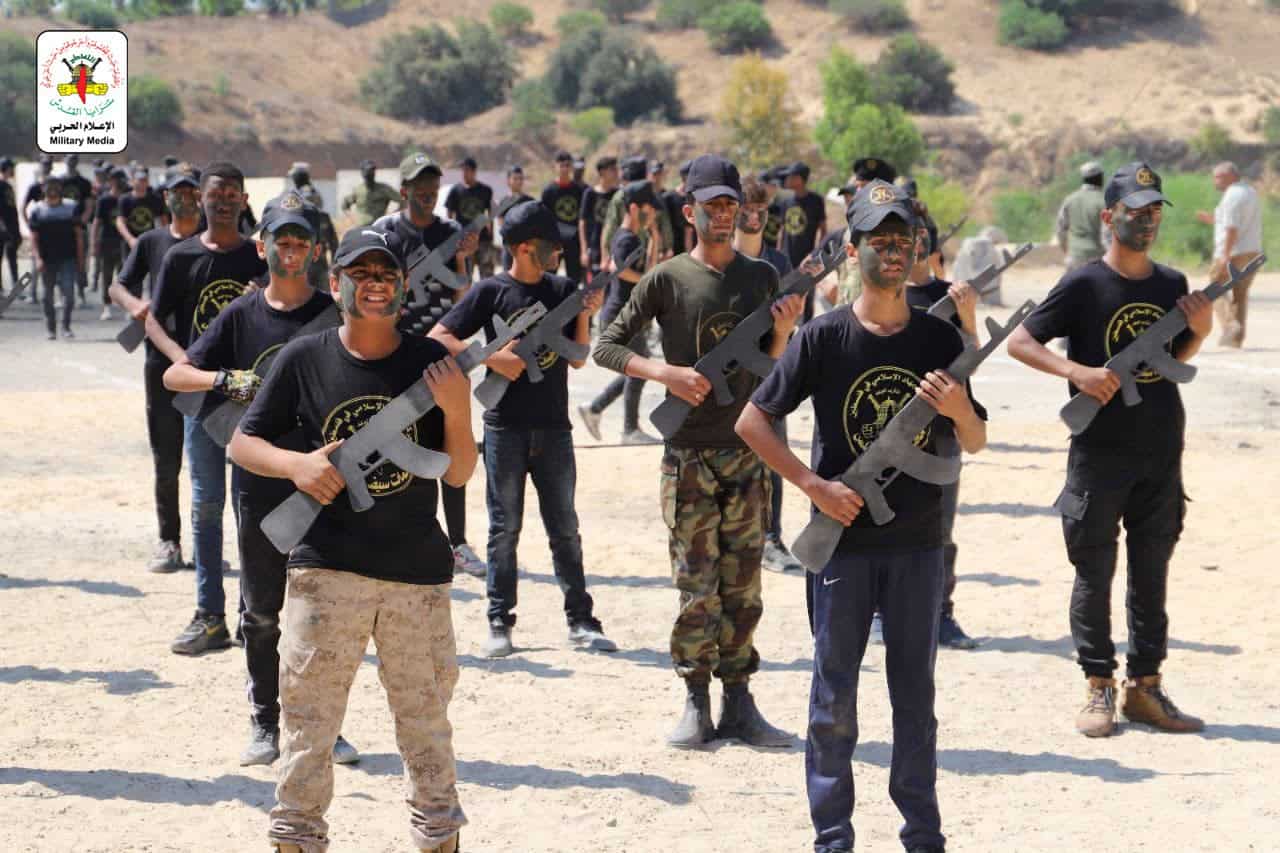
On Monday, Islamic Jihad started a two-week summer camp for children and teens with the goal of promoting jihad against Israel.
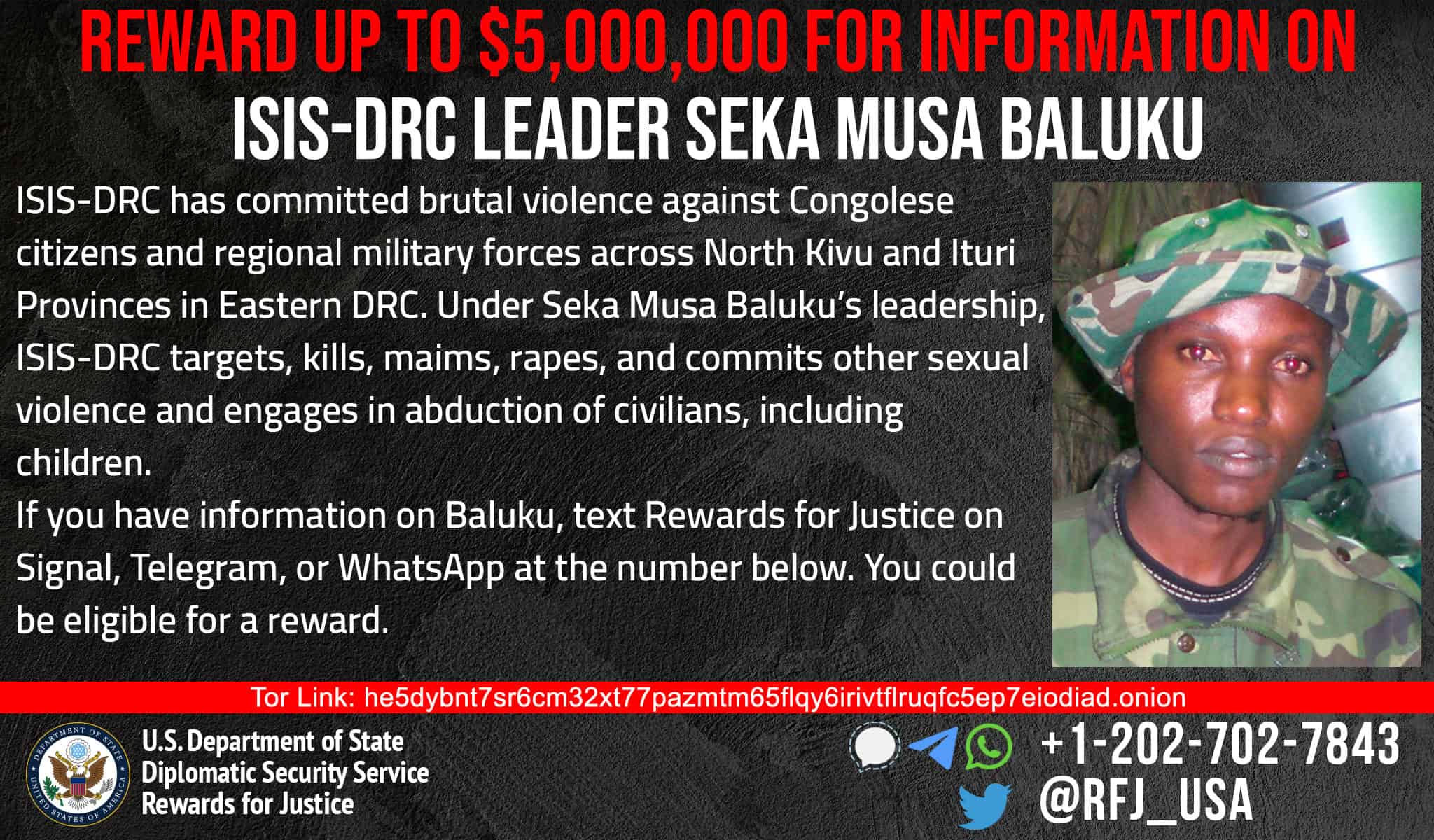
Musa Baluku, the leader of the Islamic State’s Central Africa Province (known locally as the Allied Democratic Forces), has joins other infamous Sunni jihadists actively sought after by the United States government.
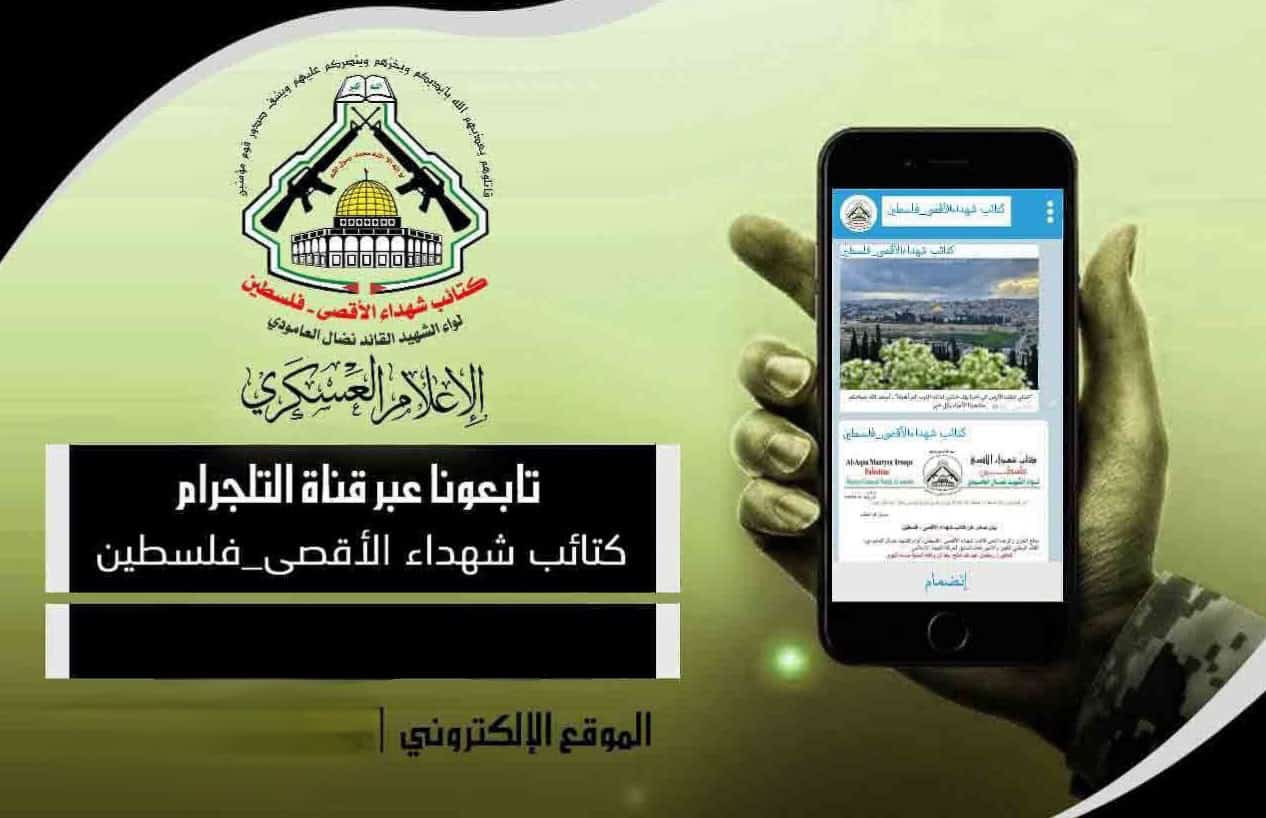
Hamas and other aligned Palestinian militant organizations have taken advantage of social media to spread propaganda to supporters.

One of the co-leaders of the deadly Kabul Attack Network bragged about his role in deadly attacks in the Afghan capital. The Taliban commander, known as Taj Mir Jawad, is the Taliban’s deputy minister of intelligence.
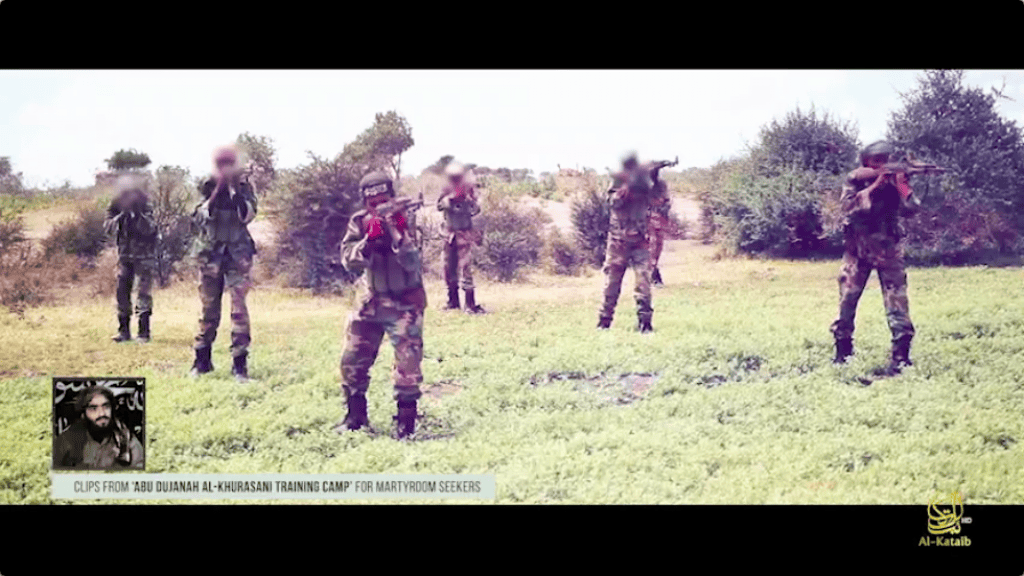
Shabaab unsurprisingly framed the terrorist attack as retaliation for the current military operations against it across the country.
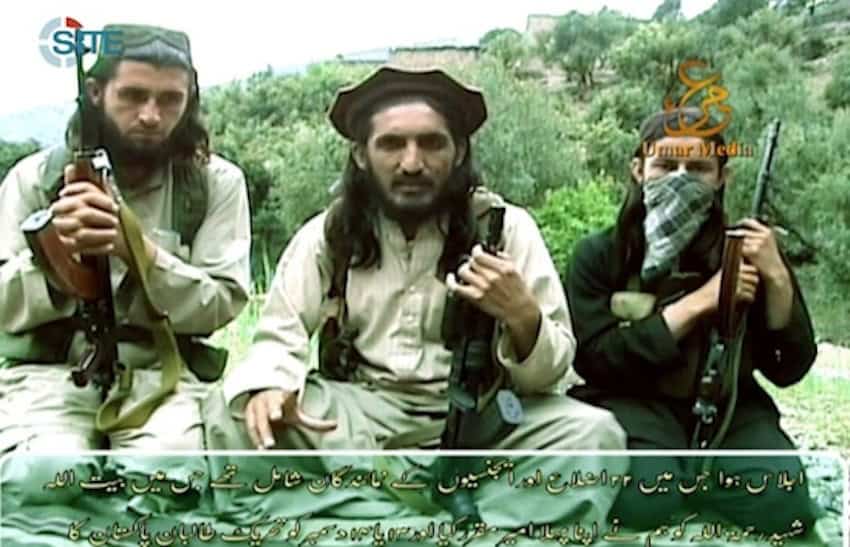
Jamaat-ul-Ahrar and Movement of the Taliban in Pakistan leader Omar Khalid Khurasani, who is believed to have given sanctuary to Ayman al Zawahiri in the past, has called for global jihad, attacks on the US, and the establishment of the caliphate, and celebrated the Sept. 11, 2001 attacks on the U.S. He is reported to have been killed in a district in Afghansitan that has hosted an Al Qaeda training camp in the past.
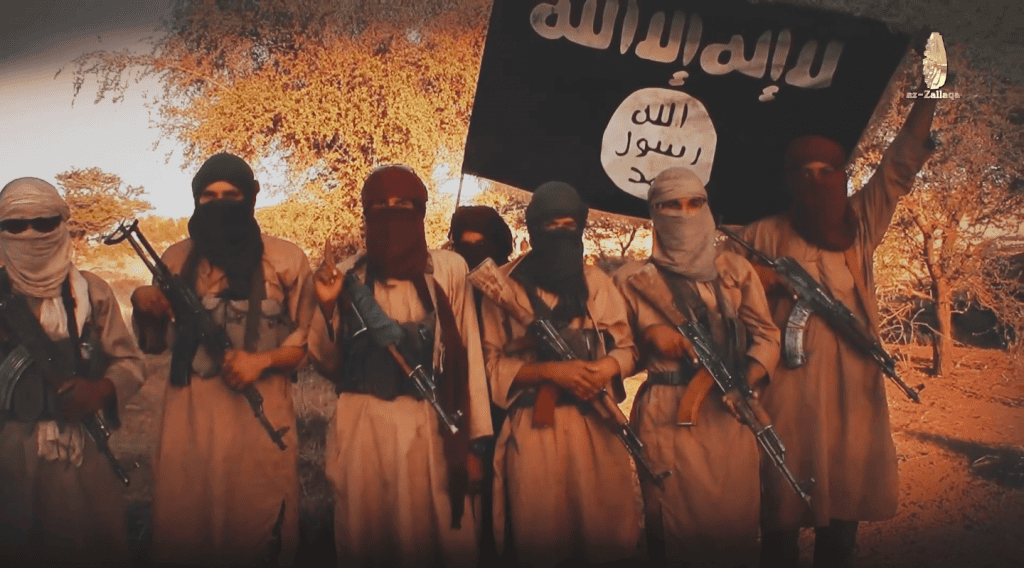
Almost 30 people have been killed in a series of jihadist attacks – many of which happened near simultaneously – across northern Togo over the last few days.
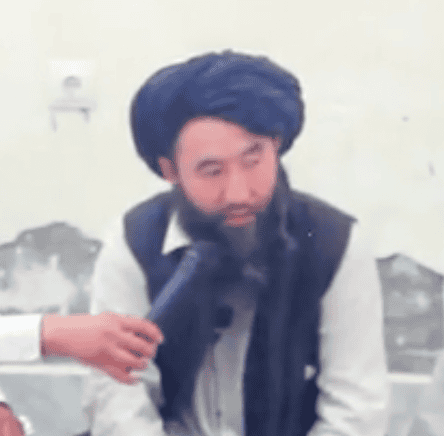
The presence of Abdul Haq al Turkistani, a veteran Al Qaeda leader, in Afghanistan contradicts the Taliban’s claims that there are no foreign fighters based in the country.

Shabaab launched near simultaneous assaults across 5 areas of Mogadishu and its suburbs, showing the group’s continued strength as Somalia preps for its upcoming presidential election.
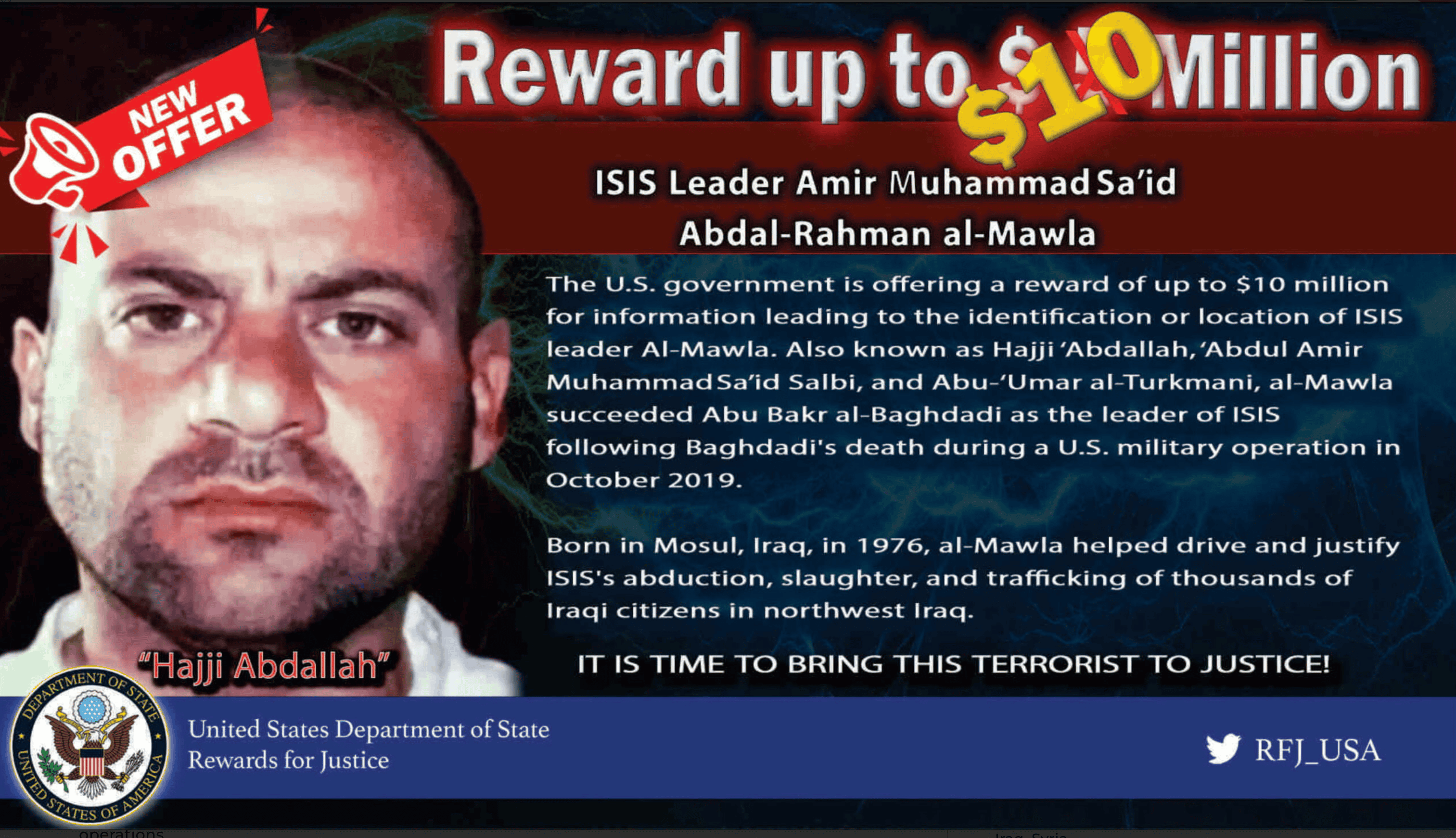
Islamic State emir Abu Ibrahim al-Hashimi al-Qurayshi died during a daring overnight raid conducted by U.S. special operations forces in Idlib province in northeastern Syria, ending a two-year hunt for the group’s leader. His demise does not mean the end of the Islamic State is at hand.
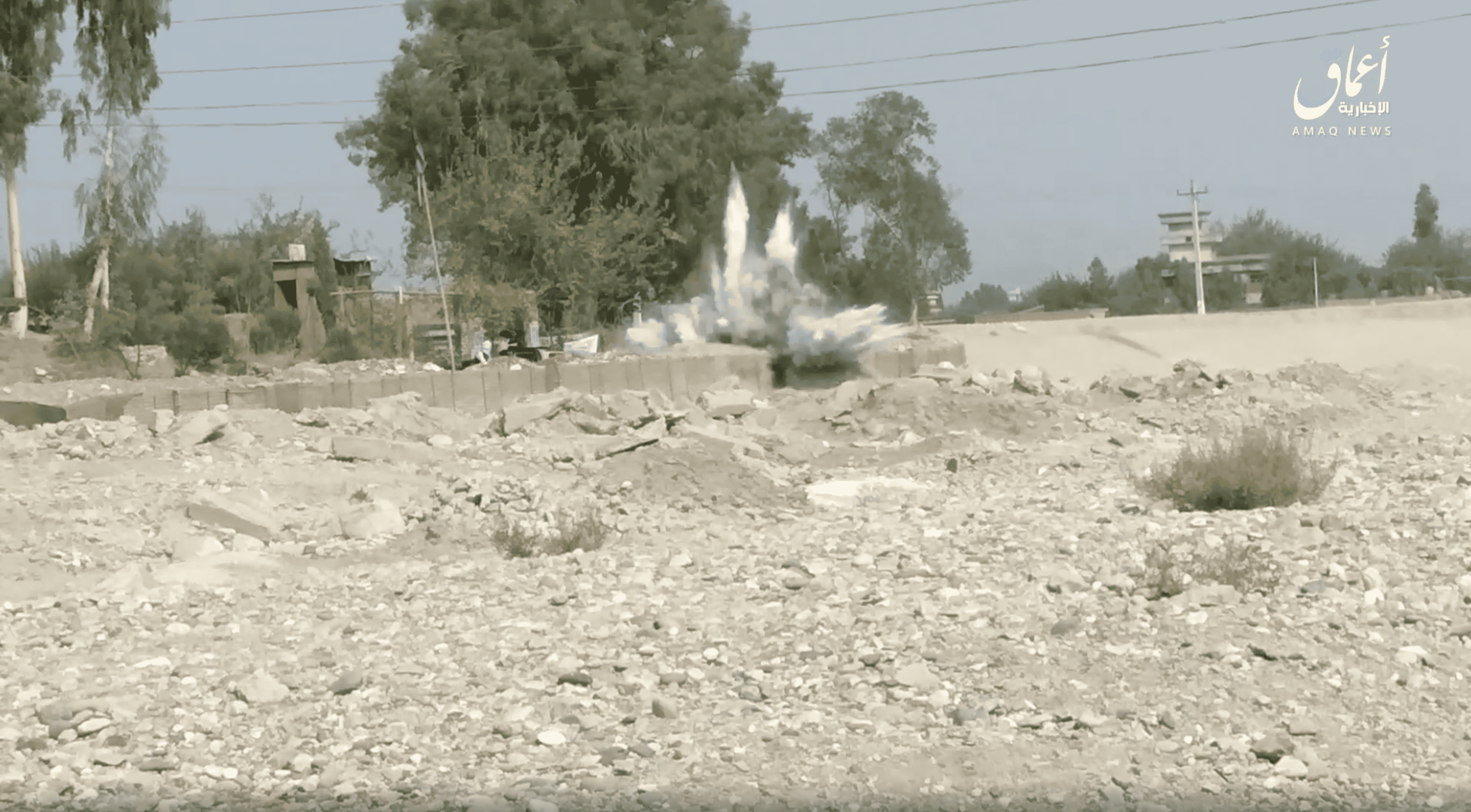
The Islamic State claims to have attacked multiple Taliban personnel and vehicles across the city of Jalalabad on Sept. 18 and 19.
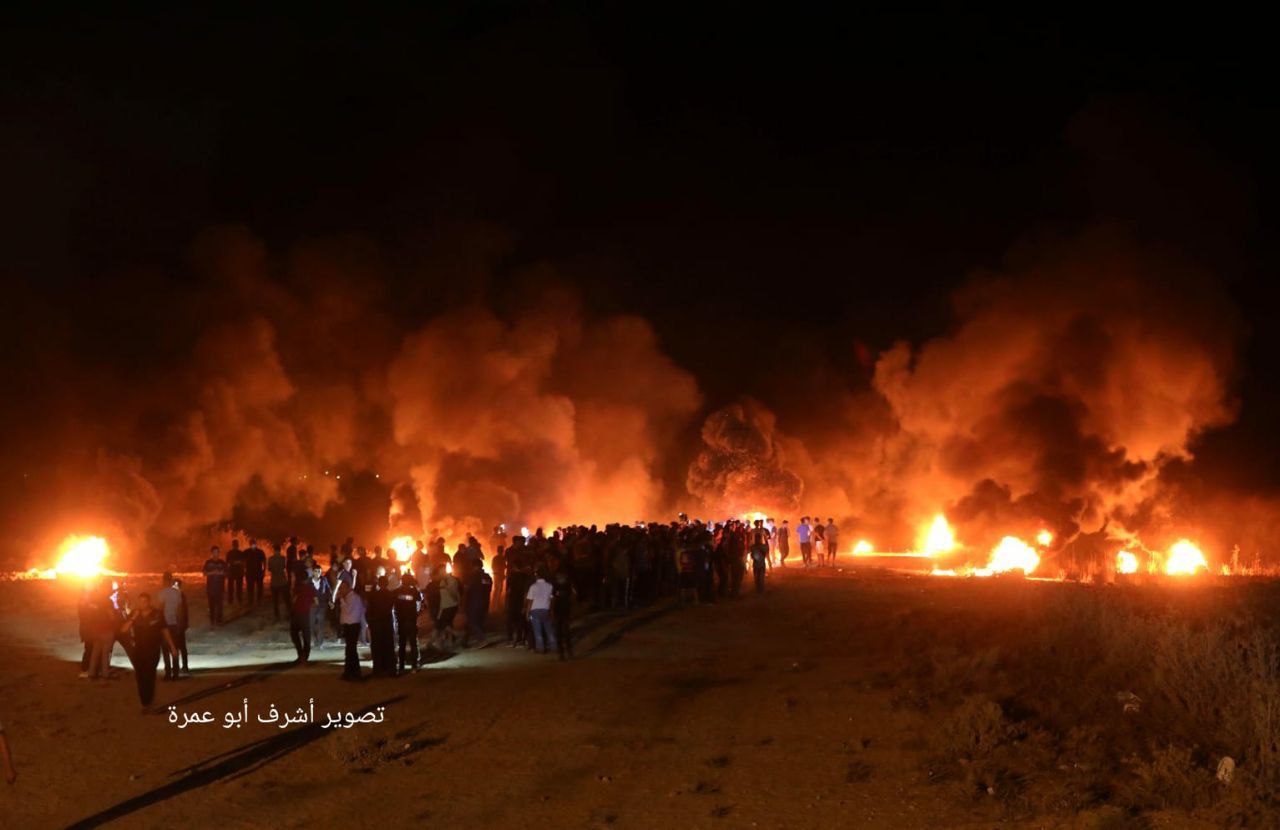
Under the guise of civilian protest, Palestinian factions have waged a military campaign at the Gaza border for more than three years in order to pressure Israel into financial concessions.
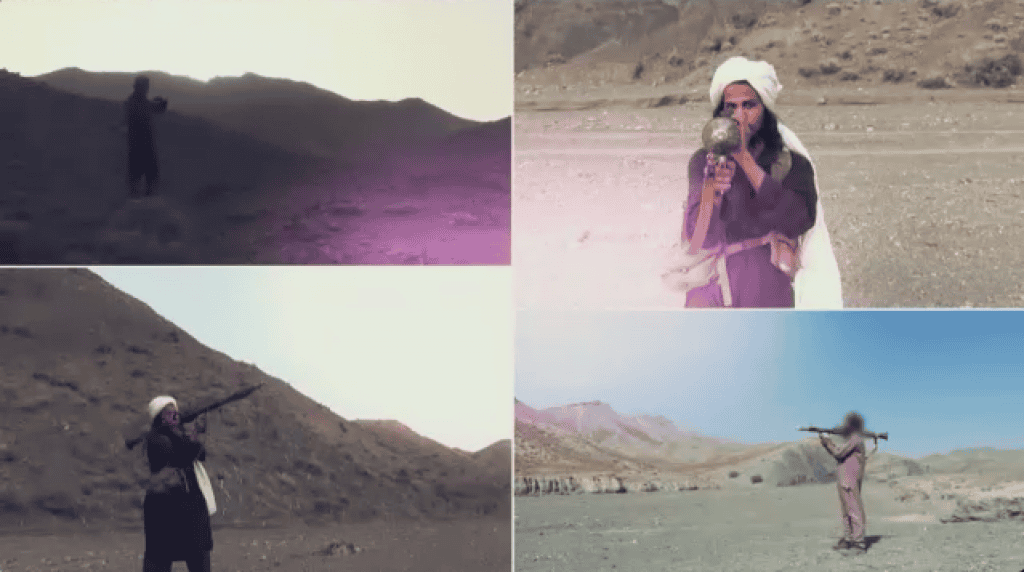
Al Qaeda’s central media arm, As Sahab, released a two-page statement praising the Taliban’s “historic victory” in Afghanistan. Al Qaeda fought alongside the Taliban to resurrect its Islamic Emirate of Afghanistan.
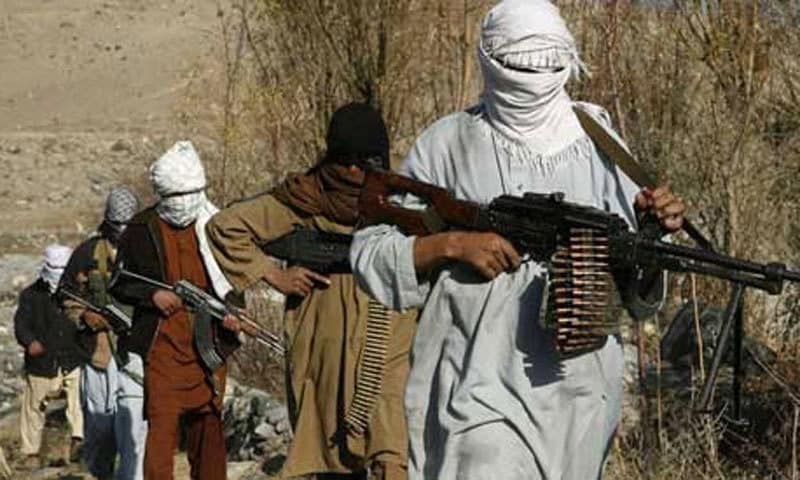
In the six weeks since the May 1 deadline for U.S. troops to withdraw from Afghanistan, the Taliban has seized control of 32 additional districts, their reach spanning half of the country’s 34 provinces.

Shabaab, al Qaeda’s branch in East Africa, uses recent reports concerning potential problems with the AstraZeneca vaccine to present itself as a legitimate governing force.